Season Two, Episode Six. Podcast recap! (And if you missed the podcast, you can find it here.)
Podcast Recap: Season 2, Episode 6
Every Office Has One
This week on the podcast we tackle that one person in the office that makes everyone groan. No, not Peter with all his horrible Dad jokes. No, we gave Peter the week off. Instead we are talking about “No No Nancy”. She’s negative. She hates change. She’s a downer. She doesn’t like new things. She doesn’t even like old things. She definitely doesn’t like you. She says “No” a lot – and her behaviour is a drag.
As always, our guiding principle here at Whiteboard is to seek to understand, so we should probably start with trying to uncover why some people have that negative style and others don’t.
Is the negativity a result of personality preferences?

According to Myers-Briggs theory, people with a preference for Sensing (S) typically need factual, real, observable data in order for them to consider it trustworthy information. Their personality opposites, those with a preference for Intuition (N), tend to trust information on the big picture and possibilities.
When our big picture thinkers (N) bring ideas/concepts/changes to our fact folks (S), the latter typically respond with a barrage of questions. These questions, used simply to get more data, information, and facts, are commonly interpreted by N’s as REALLY NITPICKY AND NEGATIVE: What’s the cost per night? Whats the weather that time of year? What was the data from last year? etc etc.
They aren’t meant to be negative, but that’s how they sound to their counterparts. As Ruth, Whiteboard’s resident S says, it’s “No for now, until you can prove otherwise”.
Similarly – S’s might start off proposals for change and meet with a similar perception of negativity from their N counterparts: What’s the big picture? How does this link to the strategy? Have you thought of other ideas? etc. And the perception is the same – a negative response that is a huge drag.
How to Deal?
If you’ve identified your No No or Negative Nancy as someone who just needs more data, BRING MORE DATA. As I (Nicole) mentioned, I deal with my seemingly super nitpicky, annoying husband who loves facts, data, and observations (love you babe) by always bringing facts and data with my ideas about which I want him to make decisions. You know, like spreadsheets of vacation options with a zillion columns.
If you are the data driven realist trying to appeal to a big picture seeking N, can you give some thought to strategy and future possibilities to accompany your data and appeal to their thinking style?
This is all fine and dandy – but what if this isn’t a personality issue because there seems to be more going on? Is it possible Nancy’s No’s are the result of some past experiences that are triggering a negative behaviour response? Or said differently…..
Once Bitten, Twice Shy
So this particular negativity comes from people who are impacted by past history/experience. Now the big question is how do we differentiate between the two sources of negativity, and more importantly does it matter? Let’s use Neville (Ruth’s Harry Potter obsession is really taking over…) as an example.
Every time Neville hears about a project he rolls his eyes, mutters under his breath, and is just generally grumbly. Is he just being difficult because of past experience? Is he looking for the data? How can we find out?
Use open ended statements like:
Tell me more…..Help me understand…
to “peel back the layers of the onion” and find out.
You might hear:
- I don’t understand it.
- I don’t see the logic.
- I don’t see the research.
Tell me about a time when this did work?
This is an Appreciative Inquiry technique that helps people focus on the art of the possible.
Either you’ll hear some positive ideas that you can work with, or, you might hear:
- This always happens.
- This never works.
- I’m tired of all this.
This sounds like change fatigue, or previous examples of change that haven’t worked well or caused some workflow issues.
In this case you might want to find out where the person is in their journey for change? Maybe set some expectations about your topic.
But wait there’s more (like a great infomercial).
What if you hear:
- I’m really mad about [insert unreasonable scenario that no one should be mad about here].
- I can’t stand [insert really nice person who seems to just be driving Neville nuts].
- Can you believe [insert really normal story that shouldn’t be alarming at all].
Sounds like maybe this is just a case of the MONDAYS. Sounds like this is just a grumpy day and will probably pass. Might be a good day to let someone just vent and be grouchy and not worry about this type of negativity bringing down the office culture too drastically.
BESPOKE COACHING
At the end of the day. Who’s on the “Bus to Change” with you? Who’s slashing the tires? Who’s grumpy in the back? And who’s gleefully singing songs at the front of the bus?
Deal with your negative Nancy’s/Neville’s/Nanette’s in respective order to their potential damage to your bus destination. Before you come to a solution:
- Seek to understand,
- Then give info (if required), and/0r
- Then coach, and/or
- Give advice/support, and finally, if all else fails:
- Be directive.
The moral of this episode is….just because the symptoms sound the same (negativity), doesn’t mean the solution is the same.
You have to investigate and find the source of the negativity in order to deal with it effectively. Listen to the podcast for Ruth’s Dog Bark/Tail analogy.
Next week on the blog we fire Peter. Well not exactly – but we tell you what firing Peter might be like and how to prepare.
And we give you a sneak peek on Season 3 of the podcast! So keep on listening.
Until next time….
Nicole







 On Season 3 of the podcast we are tackling managing your own career, and our first discussion revolves around the question, “Should I stay, or should I go?”
On Season 3 of the podcast we are tackling managing your own career, and our first discussion revolves around the question, “Should I stay, or should I go?”

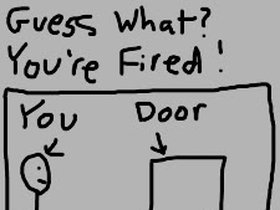
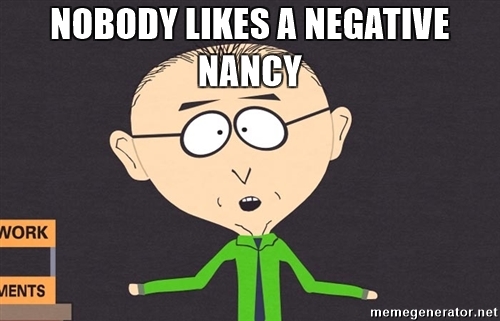


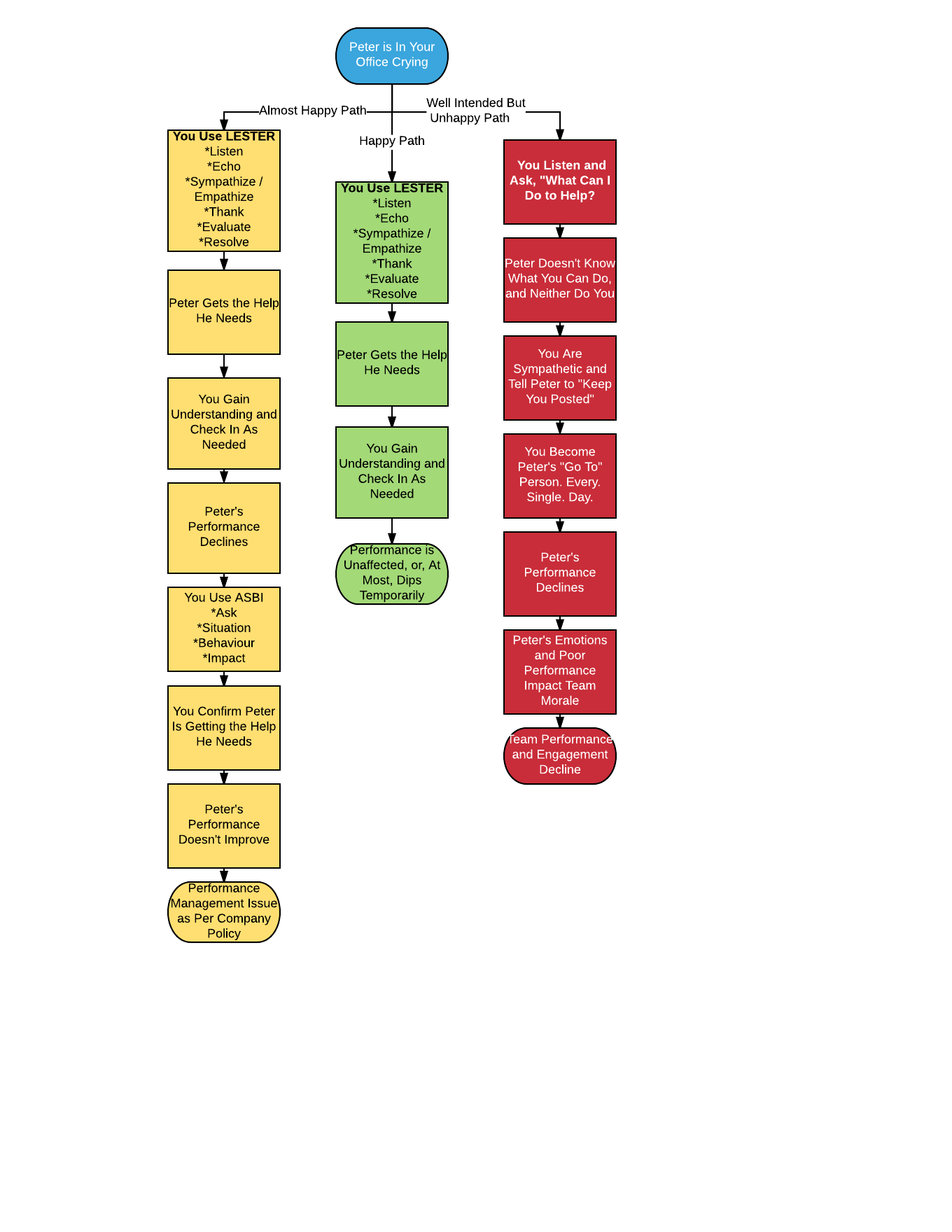 Give these tips a try, let us know how it went on Twitter at @whiteboardcons and check out the rest of our podcast series on our homepage at www.whiteboardconsulting.ca.
Give these tips a try, let us know how it went on Twitter at @whiteboardcons and check out the rest of our podcast series on our homepage at www.whiteboardconsulting.ca.



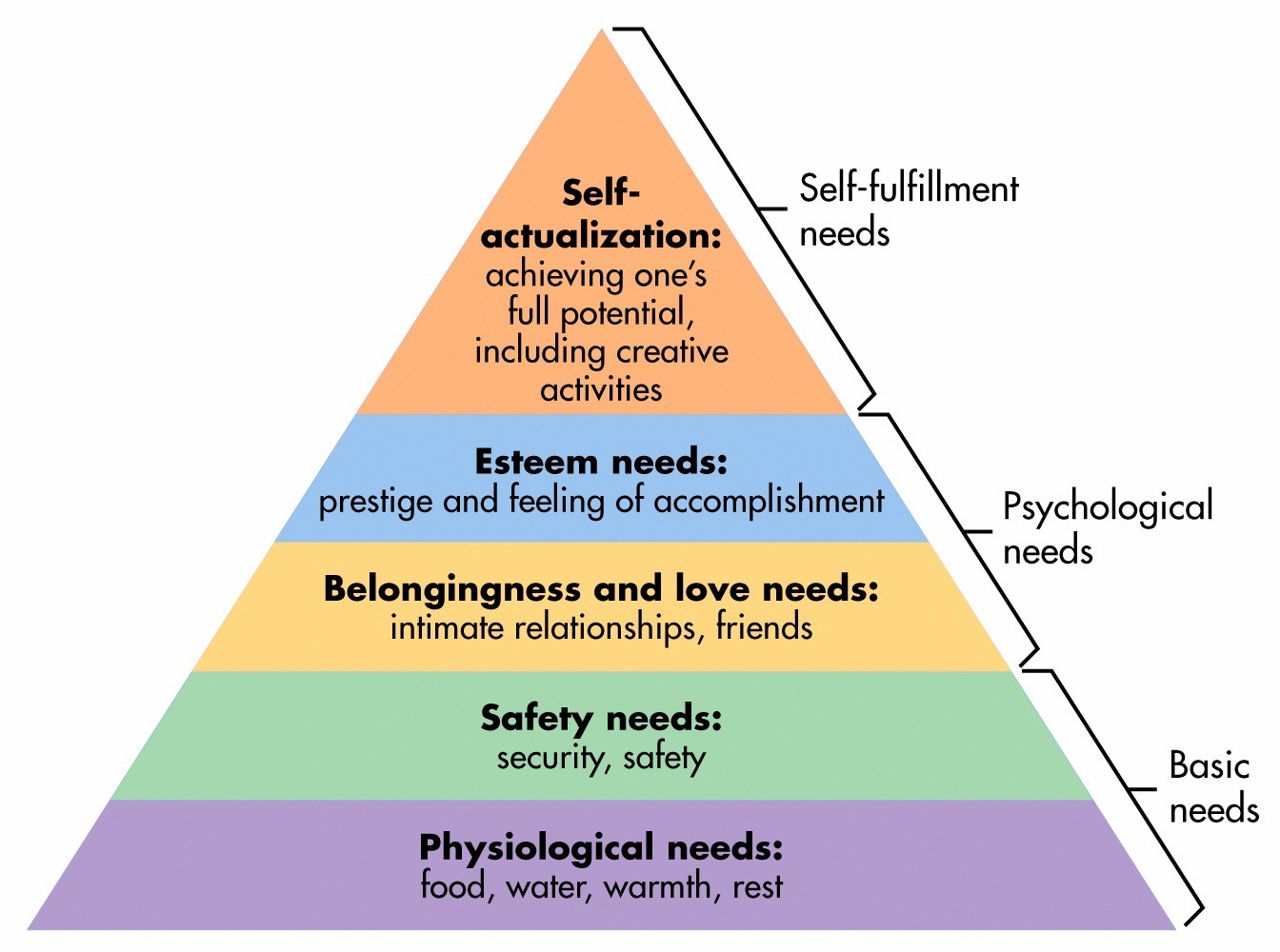

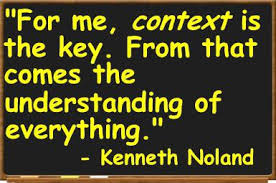
 yone to do their best work. It’s up to you to provide the back story and to not just drop people into Chapter 13, expecting them to know how you want the story to turn out.
yone to do their best work. It’s up to you to provide the back story and to not just drop people into Chapter 13, expecting them to know how you want the story to turn out.
